General Landscape Uses: Accent shrub or tree. Buffer plantings.
Ecological Restoration Notes: A common shrub along hammock ecotones, especially along the coast. It can be used sparingly as an understory shrub in pine rocklands, but pine rockland germ plasm is recommended.
Description: Large shrub or small tree with a dense, irregular crown composed of many small trunks from crooked trunks. Bark pale or creamy, thin, smooth with many breathing pores (lenticels). Leaves dark green above, 3/4-2 inches long. Semi-deciduous, with the old leaves falling as the new flush of growth begins.
Dimensions: Typically 8-15 feet in height in South Florida; to 17.5 feet in Florida. Often as broad as tall.
Growth Rate: Moderate to fast.
Range: Southeastern United States south to the Monroe County Keys; Bermuda and the West Indies. Very rare and scattered in the Monroe County Keys.
Habitats: Hammocks and hammock edges; understory shrub in pine rocklands.
Soils: Moist, well-drained sandy or limestone soils, with humusy top layer.
Nutritional Requirements: Moderate; can grow in nutrient poor soils, but needs some organic content to thrive.
Salt Water Tolerance: Low; does not tolerate long-term flooding by salt or brackish water.
Salt Wind Tolerance: High; can tolerate moderate amounts of salt wind without significant injury.
Drought Tolerance: High; does not require any supplemental water once established.
Light Requirements: Full sun.
Flower Color: Yellowish-green.
Flower Characteristics: Semi-showy, in small clusters from the axils of the previous year’s growth. Dioecious, with male and female flowers on different plants, or polygamodioecious, with a few flowers of the opposite sex or bisexual flowers on the same plant.
Flowering Season: All year; peak in spring.
Fruit: Black or dark purple drupe.
Wildlife and Ecology: Provides significant food and cover for wildlife. Attracts bee pollinators and birds eat the fruits.
Horticultural Notes: Can be grown from de-pulped seed. Cover with soil and place in full sun.
Comments: This fast growing shrub recruits readily in the garden from seed. Taxomomy: plants with smaller leaves growing in the pine rocklands of Miami-Dade County have been described as a distinct species, F. pinetorum, or variety, F. segregatavar. pinetorum.

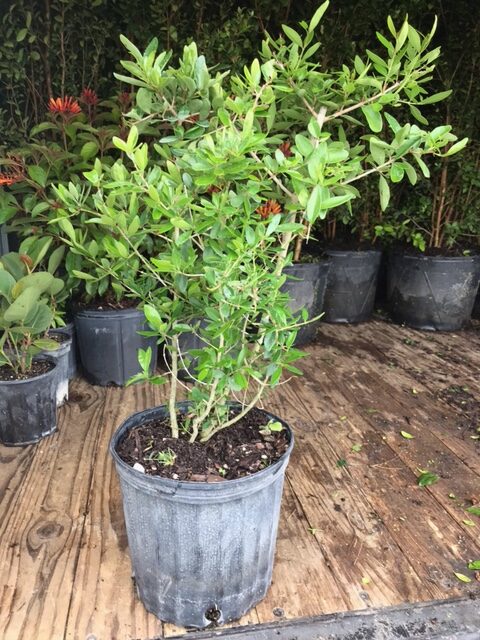

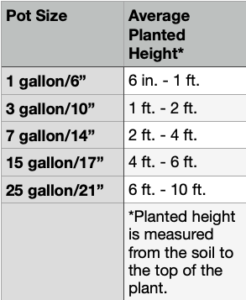
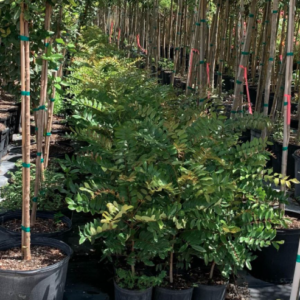
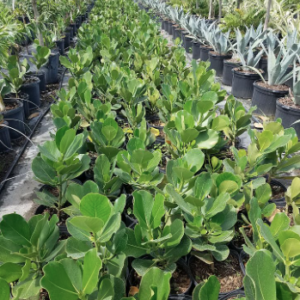
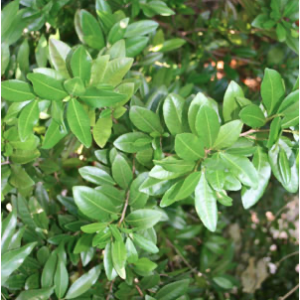

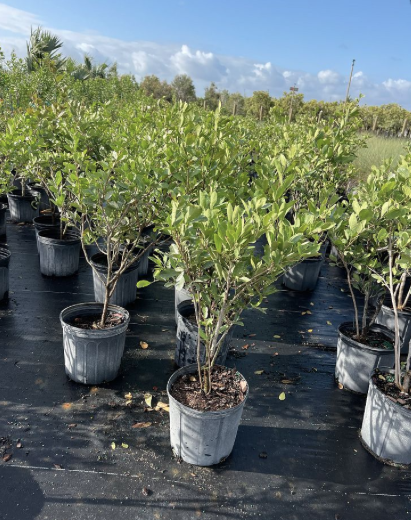
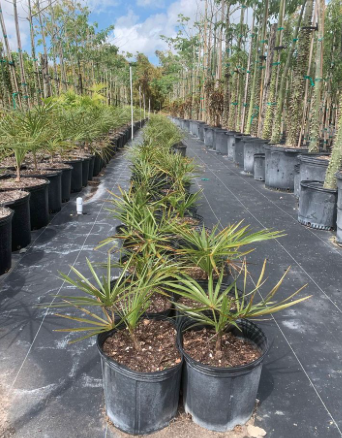
Jess W. –
Does well in full sun and is great for butterflies.
Aadeeba K. –
A great native option.
William Campbell –
Delivered on time and good product in good shape